Decontamination : Part 1 – The Meaning (What Car Soap Does Not Remove)
by Rodney TatumThis is a 4 part series where Rodney Tatum covers various steps in the decontamination process. Click here to check out each article as they are released.
My car is brand new! My car was just washed! It had been detailed by the dealership! Why would my car need a clay bar treatment? Why would it need any sort of decontamination?
Many professionals (including myself) hear these statements quite often. The picture below showing the brown spots, is bonded contamination taken off a very small section of a recently purchased car from the dealership.
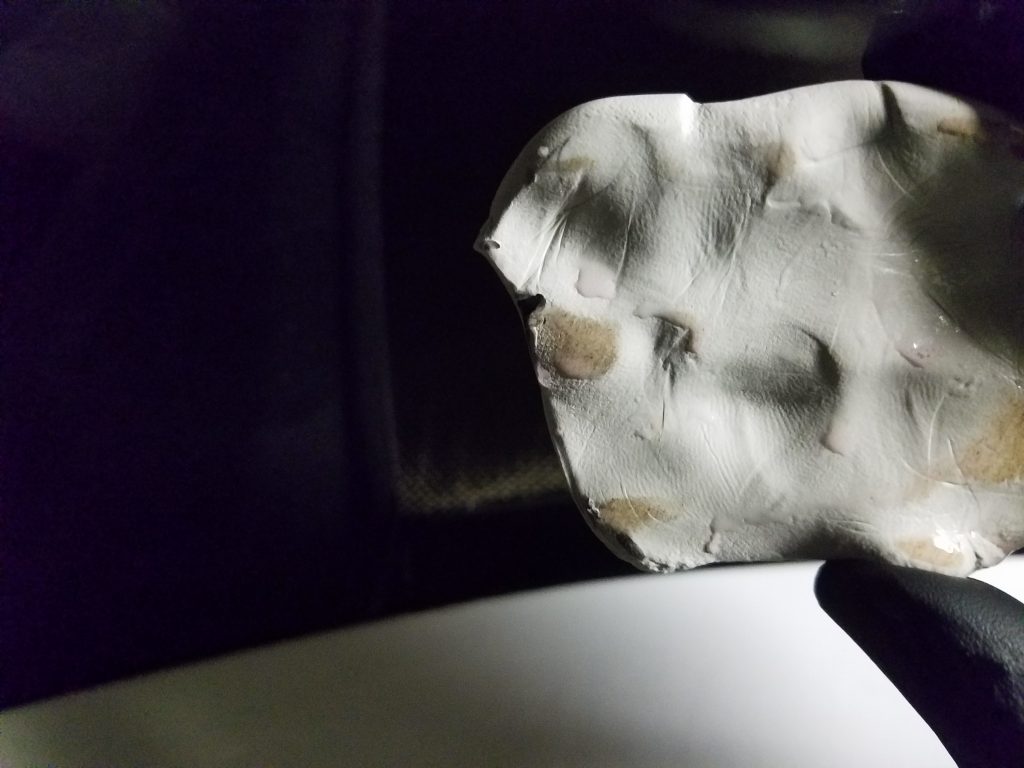
Unwanted grime and pollutants that stick to your paint (washing with car soap does not remove) are bonded contaminants. Decontamination is the process of removing these foreign substances from your painted surfaces. Mineral deposits, road tar, tree sap, airborne pollution, paint overspray, industrial fallout, and rail dust are examples of contaminants that if not removed promptly bond the paint surfaces.
Think of your skin. It breathes, has pores, and also has dirt that can clog those pores. Paint has a lot of similarities to your skin in that respect. If you can imagine washing your body with a body wash, that would be the near equivalent of using a ph neutral shampoo on your paint. Like skin your paint may need something somewhat more aggressive, similar to an exfoliation or face scrub. You have products that remove oils, exfoliate skin, and pull impurities out of the pores of your skin. Paint decontamination is akin to a more thorough kind of skincare.
“Are you saying that after washing my car there is likely still grime, that you call contamination, still on my paint?” Yes!
Even if you purchase a car brand new from the dealership, ask yourself how it arrived to the dealership? Many cars are transported by train where they are bombarded by rail dust. Even before arriving most cars are exposed to the outside environment. These cars will also often be exposed to airborne pollutants parked at dealership lots. Once sold, dealership car prep is usually not as thorough of a process as a detailing from a car care specialty shop.
Some of the most heavily contaminated cars I have worked on have been recently purchased vehicles.
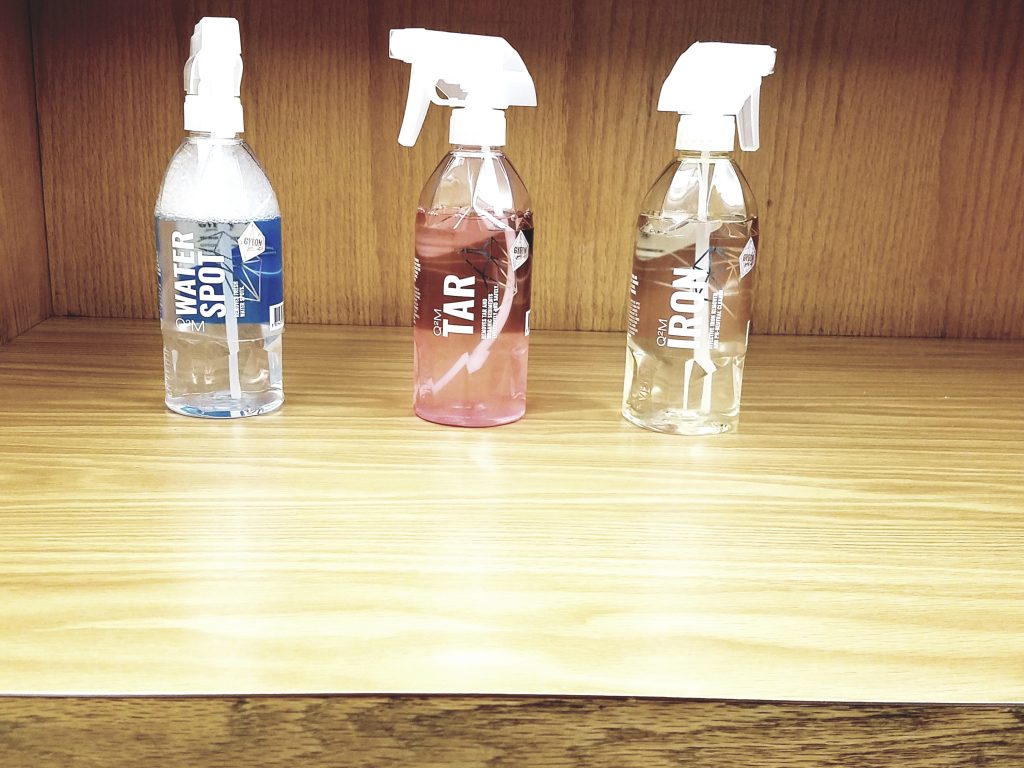
Iron remover products like the one shown in the picture above (on the right) remove ferrous metals and fallout. Tar remover like the one shown in the picture above (in the middle) and some All-Purpose Cleaners are good at removing tar, bug guts, traffic film, and some other mild contamination. Waterspot removers like in the picture above (on the left) can get rid of the mineral deposits, removing water spots that have not etched into your paint.
There is the clay bar a better all-round tool (more on that later). There is polish that not only levels paint to remove/minimize micro-scratches, but also abrades away oxidation (similar to removing dead skin).
If there was one product that covers all of these products it would be the clay bar. But what is a clay bar and what is its importance to detailing?
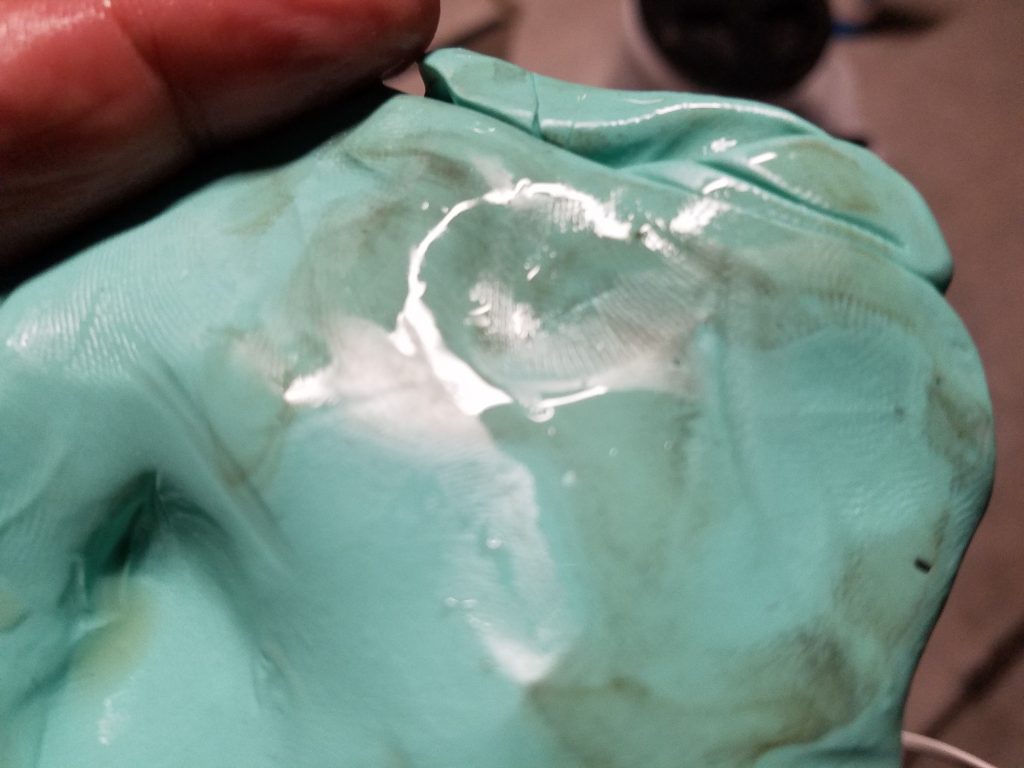
A history of the clay bar and its influence on detailing:
Once upon a time wet sanding or a very aggressive rotary with the compound combination was considered necessary to yield showcar results. The use of sandpaper is incredibly aggressive and for modern thinner clear coats often impractical and or an irresponsible option. These methods meant to level a significant amount of paint, were also at the time the only methods known to thoroughly clean paint from bonded contamination. It is still common to see these practices take place at cheaper and faster detailing shops. These methods without a clay bar though will create severe holograms and other damage to a now more likely critically thinned clearcoat. Imagine washing a car with no lubrication. Polishing and sanding to remove existing contaminants has a similar effect.
The benefit of a better quality polishing experience is evident, but there are other reasons why claying is important. A smooth surface is a more aesthetically appealing (glossy) surface. If your car was covered in dust, it would likely not be as shiny compared to a finish that had just been washed. Removing the invisible contaminants bonded to your car improves its appearance.
Quality protective paint sealants (synthetic version of a wax) usually need to bond with bare paint to work to its fullest potential. Contaminated surfaces do not allow a proper bond, increasing the likelihood of that 6-month sealant not lasting nearly as long as advertised. When applying a ceramic coating, it is even more important for a surgically clean surface. Unprepared surfaces, often contamination, can be the cause of many failures. As I am not a chemist, I am sure some sealants and perhaps even coatings are more forgiving than others in needing a surgically clean surface. But ensuring a bare surface would give me peace of mind I am getting the most out of a protective product.
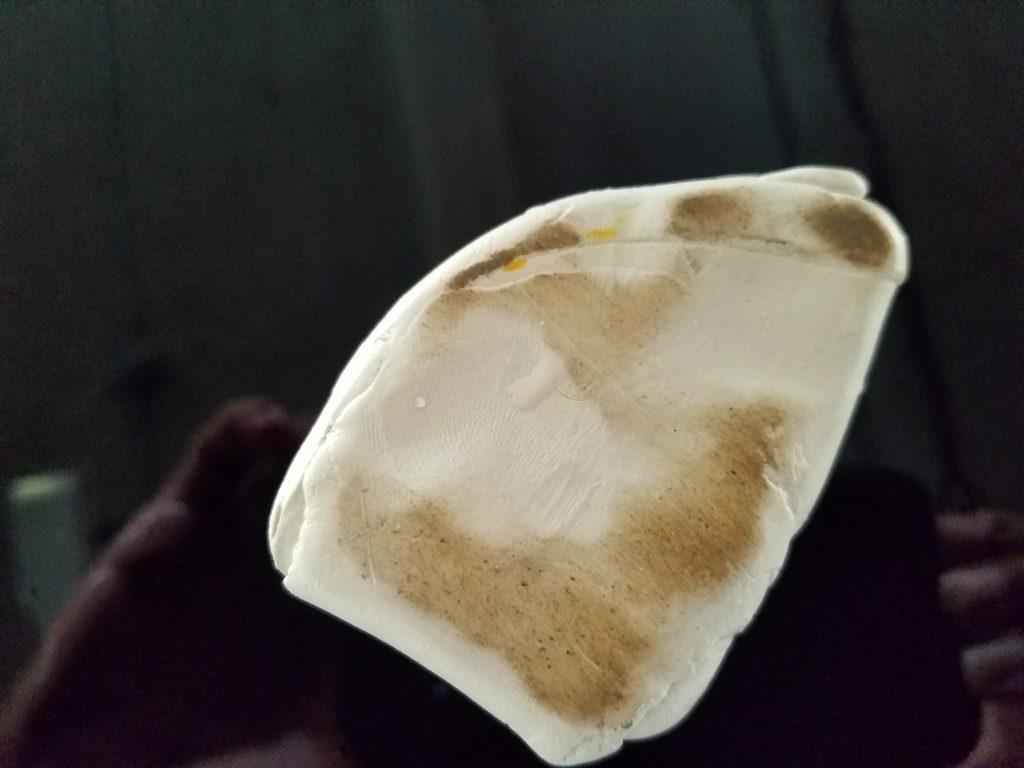
Even glass has bonded contamination that a clay bar will remove. I have also clayed wheels before applying wheel coatings.
More Information on the clay bar process:
James Melfi posted a great video about the clay bar and goes a little further in-depth. I highly recommend you check it out by clicking here.
Products mentioned:
- Gyeon Tar
- Gyeon WaterSpot
- Gyeon Iron
- Gtechniq W5 Citrus All Purpose Cleaner
- Clay Magic Fine Grade Clay Bar



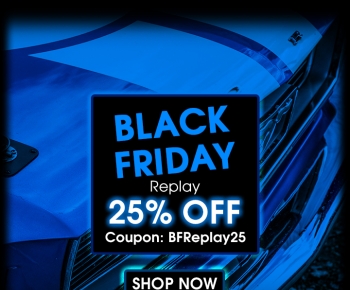




I recently detailed a metallic white a 2019 GMC Denali pickup truck. The owner was wise and told the dealership not to touch it other than to remove the interior plastics. Just from being on the lot for a few days, it had accumulated a layer of dust and road film. I used my foam cannon and pressure washer to apply a thick layer of foam to loosen the dust, then washed using the two bucket method.
I used Meguiar’s D1801 wheel and paint iron decon on the car to remove ferrous contamination. That metallic white truck was literally bleeding purple from every single surface. I took a few pictures and sent them to the owner, who was amazed by how contaminated his truck was! This was followed by claying the vehicle, polishing and applying a paint sealant.
He asked me to give him a list of materials he could buy to keep his truck looking great; I made one up for him and told him to order through Detailed Image. He will still have me detail it after the winter season.
It is very common to see the number of people who are surprised at the level of cosmetic improvements that can be made to their new to them vehicle.
Rodney, on a daily driver how often do you recommend using an iron remover? Every wash or is this a once a season step… i typically only iron decon before a polish which is typically 2 twice a year on my personal vehicle..thanks
Barry twice seasonally is a good approach. Using an iron iron remover after every wash would be excessive and very expensive.